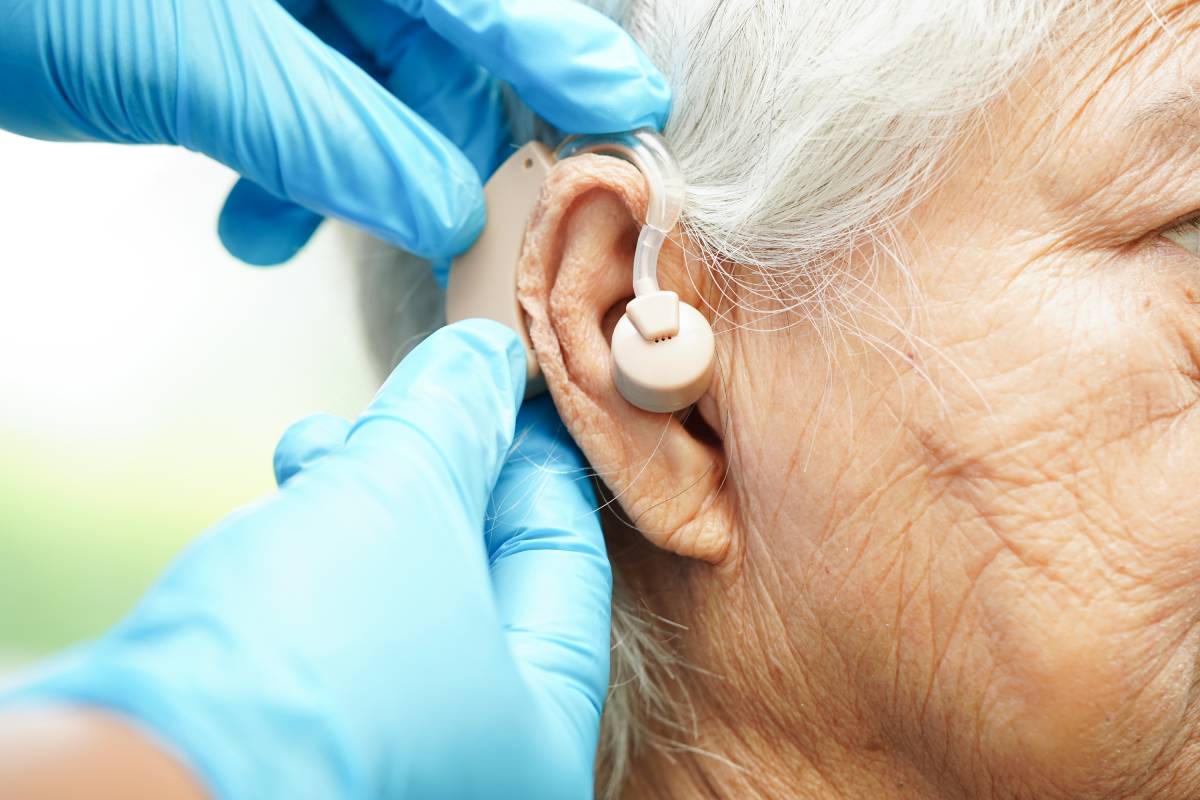Perioperative Considerations for Patients with Hearing Aids
Patients with hearing aids require special perioperative considerations to ensure effective communication, device functionality, and overall patient safety. Hearing loss can complicate preoperative instructions, intraoperative monitoring, and postoperative care, potentially increasing the risk of miscommunication and anxiety. A tailored approach that integrates audiologic, anesthetic, and surgical perspectives is essential for optimal outcomes.
A thorough preoperative evaluation should include a review of the patient’s degree of hearing loss, type of hearing aid, and level of dependence on the device. Patients should be educated about perioperative hearing aid management, including when to remove and reinsert the device. Clear communication strategies, such as written instructions and visual cues, are beneficial in reducing preoperative anxiety and ensuring the patient understands the surgical procedure and postoperative care plan 1–3.
The decision to use or remove hearing aids in the perioperative period depends on the type of procedure and anesthetic plan. In procedures requiring general anesthesia, hearing aids are typically removed to prevent damage, loss, or interference with surgical drapes and monitoring equipment. However, in cases where conscious sedation or regional anesthesia is used, maintaining at least one functional hearing aid can facilitate communication between the patient and surgical team. If hearing aids are removed and the patient is not undergoing deep sedation or general anesthesia, alternative communication methods, such as increasing the volume of speech, carefully articulating, speaking slowly, and using gestures or sign language, should be used 2,4. A sign language specialist who can train and communicate with the patient may be involved. Anesthesia providers in particular should be aware of the potential for communication barriers in patients with hearing loss and adapt their communication accordingly 5–7.
Following surgery, patients should be swiftly reunited with their hearing aids to facilitate communication with healthcare providers and family members. If the patient is groggy from anesthesia, written communication or assistance from family members may be required. Care should be taken to check for any device malfunctions. Patients should be monitored for any changes or adverse events related to the surgery or anesthesia 2,8.
Certain surgical procedures, such as those involving the head, neck, or ears, require additional perioperative precautions when the patient uses hearing aids. Additionally, cochlear implant users may require coordination with an audiologist to ensure appropriate postoperative device management. For elderly patients or those with cognitive impairment, maintaining hearing aid use as much as possible is crucial to minimizing postoperative confusion and delirium 2,8.
Effective perioperative management of patients with hearing aids requires a multidisciplinary approach that prioritizes communication, patient safety, and device integrity. Preoperative education, intraoperative strategies, and postoperative reintegration of hearing aids are critical in ensuring optimal surgical outcomes and patient comfort. Healthcare providers should remain vigilant about the unique needs of these patients to enhance perioperative care and minimize complications.
References
1. Rosenthal, R. A. Preoperative assessment of older adults. J Am Geriatr Soc 44, 213–214 (1996). DOI: 10.1111/j.1532-5415.1996.tb02446.x
2. Kee, C. C. & Miller, V. Perioperative Care of the Older Adult with Auditory and Visual Changes. AORN Journal 70, 1011–1019 (1999). DOI: 10.1016/s0001-2092(06)62207-2
3. Huang, R. J. et al. The Association Between Hearing Loss and Surgical Complications in Older Adults. Ear Hear 43, 961–971 (2022). DOI: 10.1097/AUD.0000000000001152
4. Kapoor, R., Sokari, T. A. & Cata, J. P. Disparities impacting the deaf and hard of hearing: a narrative and approaches to closing health care gaps. Can J Anesth/J Can Anesth 70, 975–977 (2023). DOI: 10.1007/s12630-023-02453-y
5. Singh, V. & Nasser, A. Challenges during anaesthetic management of a 38-year-old deaf and mute patient under general anaesthesia. Med J Armed Forces India 77, 105–107 (2021). DOI: 10.1016/j.mjafi.2019.08.002
6. Bhalotra, A. R. & Kakkar, B. Anesthesia for the deaf and mute. Korean Journal of Anesthesiology 70, 654 (2017). DOI: 10.4097/kjae.2017.70.6.654
7. Chowdhry, V., Padhi, M., Mohanty, B. B. & Biswal, S. Perioperative challenges in management of a deaf and dumb patient posted for high-risk cardiac surgery. Ann Card Anaesth 19, 564–567 (2016). DOI: 10.4103/0971-9784.185567
8. Mohanty, S. et al. Optimal Perioperative Management of the Geriatric Patient: A Best Practices Guideline from the American College of Surgeons NSQIP and the American Geriatrics Society. Journal of the American College of Surgeons 222, 930–947 (2016). DOI: 10.1016/j.jamcollsurg.2015.12.026
